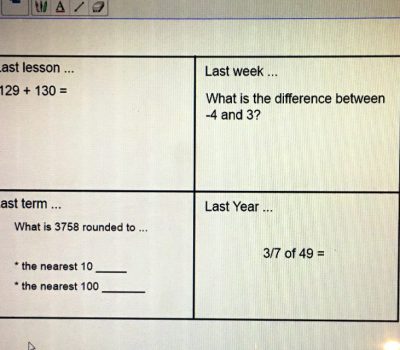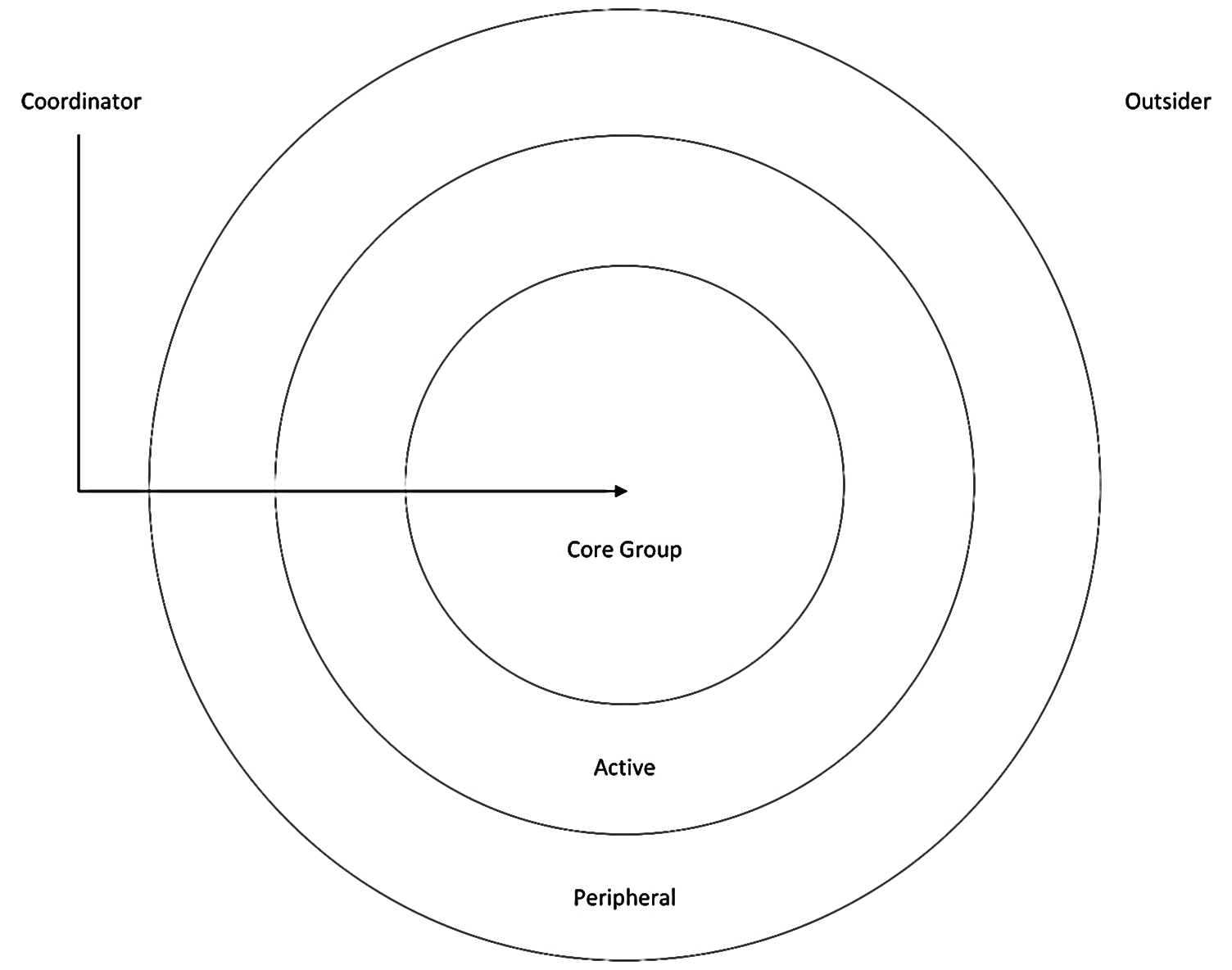

As a dual professional, I found placing myself in a community of practice difficult. However, once I came across constellations, I found I could better articulate to which I belonged. As an artist-teacher in adult community learning (ACL) I am part of artist, teacher and artist-teacher communities of practice, which is expected as artist-teachers in ACL are professional artists and teachers, who are dedicated to both, and have the competencies needed to work in and through art and adult community learning (Cairns, 2022).
Wenger outlines that constellations are interrelated communities of practice that provide a landscape of practice for any given individual (Wenger, 2000). Here communities of practice are made up of people who share a common interest and a desire to learn from and contribute to the community (Lave and Wenger, 1991).
In his work, Wenger outlines different types of communities of practice. In 1991, with Lave, Wenger focused on communities of practice that exist naturally in the workplace. These are often tied to geographical proximity between the members and thrive on casual encounters in staffrooms or similar. However, in his later work, Wenger outlines organized common interest groups. Members are interested in the same thing and seek out others to connect with in the systematic pursuit of that interests. Regardless of their type, communities of practice are places for learning and identity.
Through membership in a community of practice, individuals gain access to a field of learning resources in everyday practice. Wenger states that we are likely to belong to several communities of practice at any given time, referred to as multi-membership. This is the position that I find myself in, and I wonder how many other teachers are in the same position.

Wenger et al (2002) provide a Degrees of Community Participation figure, which outlines different types of membership you might hold in a community of practice, from a coordinator to an outsider. Individuals will likely have peripheral membership to several communities of practice, but only be core members of one or two. When we first join a community of practice, we are considered newcomers. Once we have been around a while, we become an old-timer. Lave and Wenger (1991) refer to this as legitimate peripheral participation, to describe how newcomers become experienced members and eventually old-timers of a community of practice (1991).
Communities of practice are understood and defined by the rest of the world and cannot exist in isolation (Wenger, 2000). This is where constellations come in. The term borrows from astrology to refer to how we see and group objects together from a particular perspective, much like an assemblage (Deleuze and Guattari, 1987).
Objects within constellations do not necessarily have to be geographically close to one another, nor do they have to be of the same kind or size (Wenger, 2000). This means that within your constellation a huge intentional community of practice could sit next to a social media hashtag used by a handful of other people. Each community of practice contributes something unique to your constellation. Communities of practice come together in constellations to create something for a temporary period (Deleuze and Guattari, 1987). Constellation changes over time as our membership in communities of practice changes.
To help organize my thoughts on my membership to the many communities of practice I am a member of, I plotted each on a reproduction of Wenger et al’s Degrees of Community Participation figure (2002), judging my type of membership to each. The constellation comprises my artist constellation – in red, my teacher constellation – in blue, and my artist-teacher constellation – in purple.

It is important to remember that membership in one community of practice does not invalidate membership in others (Vella, 2016). Wenger et al’s Degrees of Community Participation (2002) has become a visual tool that has allowed me to know that I am lacking core membership to an artist-teacher community of practice and made me consider my membership and the implications of this on my dual profession.
If you have the time and inclination, I recommend anyone create a constellation to help visualise your membership to communities of practice.
Cairns, A. (2022) ‘An interrogation into the need for a new definition for the artist-teacher in adult community learning,’ The International Journal of Art and Design Education. 41(4), pp. 517-531.Doi: 10.1111/jade.12436.
Deleuze, G. and Guattari, F. (1987) A Thousand Plateaus. Trans. Brian Massumi. Minneapolis, MN: University of Minnesota Press.
Lave, J. and Wenger, E. (1991) Situated Learning: Legitimate Peripheral Participation. Cambridge University Press.
Vella, R. (2016) Artist-Teachers in Context: International Dialogues. Rotterdam, The Netherlands: Brill | Sense (Doing Arts Thinking: Arts Practice, Research and Education).
Wenger, E. (2000) Communities of Practice: Learning Meaning and Identity. Cambridge, University of Cambridge Press.
Wenger, E., McDermott, R. A., and Snyder, W. (2002) Cultivating Communities of Practice: A Guide to Managing Knowledge. Harvard Business School Press.